品牌塑造的四个层级
"Do you want to sell sugary drinks for the rest of your life, or do you want to change the world with me?" This was the powerful line that convinced the Pepsi CEO to join Apple, spoken by Steve Jobs. When I first heard this sentence, I was in awe, but as I delved deeper into the rules of branding, I couldn't help but exclaim, "Jobs was cunning!"
Starting today, I will share several themes of brand building with all of you. Each theme will be addressed in a different article, answering the following questions:
How many levels are there in brand building?
What exactly are we building through brand building?
How can we create a new world through brand building?
Each question is essential to the core of brand construction. In this article, I will discuss the first question. To answer this question, let's begin with a fascinating and classic business story that you surely remember:
"Do you want to sell sugary drinks for the rest of your life, or do you want to change the world with me?"
This was the powerful line that convinced the Pepsi CEO to join Apple, showcasing Steve Jobs' extraordinary persuasive ability. When I first heard this sentence, I was in awe, but as I delved deeper into the rules of branding, I couldn't help but exclaim, "Jobs was cunning!" The brand rules referred to here represent the different levels of brand building. Similar to the previous Big Idea's OBB model, we can integrate the tools used by various 4A agencies in brand building and summarize them into this concise and clear F4 brand formula (do not underestimate its simplicity, as it can be used to analyze all advertising information, and Jobs' persuasive ability was achieved through this model, which you will also be able to flexibly apply after reading):
Facts (Product Facts): "We provide..." From the manufacturer's perspective, we must state the core features of our products or services, which are indisputable facts and provide a competitive advantage. These are commonly referred to as "Reasons to believe" by advertising agencies or brand departments, such as exclusive technology or high-quality ingredients.
Function (Rational Value): "It can bring you..." We need to shift the perspective from the manufacturer to the user: from the user's point of view, how can these product/service features provide unique value? How can they solve practical problems and meet real needs? For example, if you make batteries, how can you shift the perspective to the consumer's point of view:
Feeling (Emotional Value): "It can also make you feel..." In addition to solving practical needs, how does it make you feel? This is what people call emotional added value. Compared to measurable rational value, this feeling of emotional value is not easily quantifiable, and it creates a difference in brand premium. When you are willing to pay for a certain feeling, price considerations become irrational. This is why many luxury brands' advertisements aim to create desires or specific feelings, rather than simply selling a particular material. For example, many LV advertisements:
Faith (Brand Belief): "We genuinely believe..." At this point, we once again shift the perspective, from the user's perspective to the shared belief and faith between the user and the brand. This binds the user and the brand together. If a brand can achieve this, users will transform from consumers into loyal fans. They will become brand advocates and spokespersons. This level of loyalty is extremely powerful, and they express their loyalty with a single word - "only": "I only buy MAC computers!" "I only wear Nike sneakers!" "I only drink Coca-Cola!"
The importance of Faith (Brand Belief) cannot be emphasized enough. It not only brings immense value to consumers but also motivates internal teams, giving them a sense of honor and mission in their daily work. This becomes the ultimate driving force for innovation and full dedication. Moreover, brand belief also creates a more positive impression among the wider public for the company and its founder. For example, many people wonder why Jack Ma, who is so high-profile, continues to be praised, while Robin Li, who is low-key and honest, is frequently criticized. It is because wherever Jack Ma goes, he always firmly holds the F4 talisman of "making it easy to do business worldwide." Otherwise, he would have been heavily criticized. Jack Ma always talks about belief (F4), while Robin Li always talks about technology (F1/F2):
In conclusion, each "F" represents a progressively valuable feeling because these different levels of value will generate various reasons for consumers to make a purchase.
消费者反应的驱动因素:事实、功能、感受和信仰
大家会购买某个产品,因为它在某方面非常出色,比如某款相机的购买者会因为它有与中画幅相机相媲美的4240万像素而购买。这是基于事实的购买动机。另外,人们也会购买某个产品,因为它可以解决他们的某种需求,比如购买加多宝可以帮助降火。这是基于功能的购买动机。此外,感受也是驱动消费者购买的因素之一,比如购买CK香水可以让人感觉更性感。这是基于感受的购买动机。最后,信仰也可以驱动消费者购买某个产品,因为他们相信某种理念或信仰,比如购买可口可乐是因为他们相信快乐最重要。这是基于信仰的购买动机。
为了创作出具有说服力的F4模型,需要有洞察力。为了创作出优秀的F4模型,需要有四类优秀的洞察力:
-
A类洞察:基于行业和个人的洞察
-
B类洞察:基于用户痛点和体验的洞察
-
C类洞察:基于人性的洞察
-
D类洞察:基于文化和社会的洞察
挖掘洞察力需要除了个人和行业经验外,还需要正确的方法,去深入了解用户、消费者和市场。只是坐在干净的办公室是无法得到精彩洞察的。就像我的美国老板曾经说过的,优秀的品牌人应该有"Dirty Feet"精神,意味着要坚持实践而不是停留在想象中。除了"Dirty Feet"精神,还需要虚心走进客户,充分利用客户的专业知识来解决问题。即使是最厉害的广告人,如果没有客户的专业支持和高价值输入,都无法完成品牌任务。挑战在于,如何激发与客户的对话,如何正确引导客户的知识和观点,以更好地表达出来。我们所在的时丽广告就提出了一套有效的实践方法,在与客户管理层一起设计实施的多场创意工作坊中,实现了深入交流和互相激荡,为品牌策略和创意方向提供了强有力的支持。
现在,让我们来看看苹果和百事的F4品牌层级。虽然苹果和百事都是非常了不起的公司,做着有意义的事情。但是在一场对话中,乔布斯故意使用不平等的对话层级,将自己的F4与百事的F1进行对比。他甚至将百事的F1简化为一个"糖水"。这就是乔布斯的对话技巧。
现在,你也可以灵活运用这种技巧。如果你是百事总裁,你可以这样说:
现在,为了加深大家对F4的理解和实际运用能力,让我们举几个街头和地铁的广告作为例子。Vivo的X7 / X7 Plus广告中,F1代表了1600万像素的智能相机,F2代表拍照时脸部亮度增强的功能,F3代表让人感觉美美哒的感受,F4没有具体的广告语,但巧妙地将F2和F3进行了有机的结合:"F2+F3 = 照亮你的美",这句话不仅展示了功能,也表达了情感。
小米的Note2广告中,F1代表了双曲面设计,一面展示科技,一面展示艺术。
没有F3 = 没有F4 = 没有这是这支小米广告不成功的地方,“一面科技,一面艺术”对消费者来说so what? 为什么不进一步说清楚呢?花大钱请了这么好的代言人,购买了这么贵的媒体,却没有花心思去发展更好的广告内容。
这支小米广告的问题在于没有明确传达给消费者一个清晰的信息,仅仅强调了科技和艺术的结合,并没有告诉消费者这对他们有什么实际意义。尽管花费了巨额的代言费用和媒体购买费用,但却没有充分发挥广告内容的优势。
曼秀雷敦的广告
这则广告没有明确的亮点,无法吸引消费者的注意。无法判断是哪家广告公司制作的,也不清楚是否能够满足客户的预算。
QQ阅读的广告
QQ阅读广告宣传了海量原著和自由阅读的理念,以及通过阅读来增加自我认知。然而,广告内容缺乏进一步的细节和吸引力。
我们说品牌的F4
我们致力于为客户提供经得起考验的品牌方法,例如OBB。我们的品牌方法可以帮助您提高工作效率,更快地获得晋升和更高的薪资等成就。通过我们的品牌方法,您将告别广告和营销的困境,成为一个自信和自豪的广告专业人士。我们坚信品牌的价值,并希望能够影响世界。以下是几个重要建议:1. 请务必耐心和专注地研究品牌的基本事实(F1),因为这是确保后续工作真实有效的关键。尽管F3和F4是创造溢价的关键,但如果基础不牢固,销售将受到影响。2. 不要试图在一个广告画面中同时展示F1-F4,突出其中两个已经很好了(最自信的客户只放一个信息)。3. 在制定整合营销方案时,要根据具体情况进行组合拳出击,尤其是对于新品牌,需要同时运用软实力和硬实力才能取得效果。即使像乔布斯和苹果这样强调改变世界的品牌,也同样注重创新体验。F4代表着情感和启发创新的灵感,但最终能够让品牌光芒四射的,是与亿万消费者接触时的品牌和产品体验!最终,行动胜于言辞!
免责声明:本内容来源于第三方作者授权、网友推荐或互联网整理,旨在为广大用户提供学习与参考之用。所有文本和图片版权归原创网站或作者本人所有,其观点并不代表本站立场。如有任何版权侵犯或转载不当之情况,请您通过400-62-96871或关注我们的公众号与我们取得联系,我们将尽快进行相关处理与修改。感谢您的理解与支持!




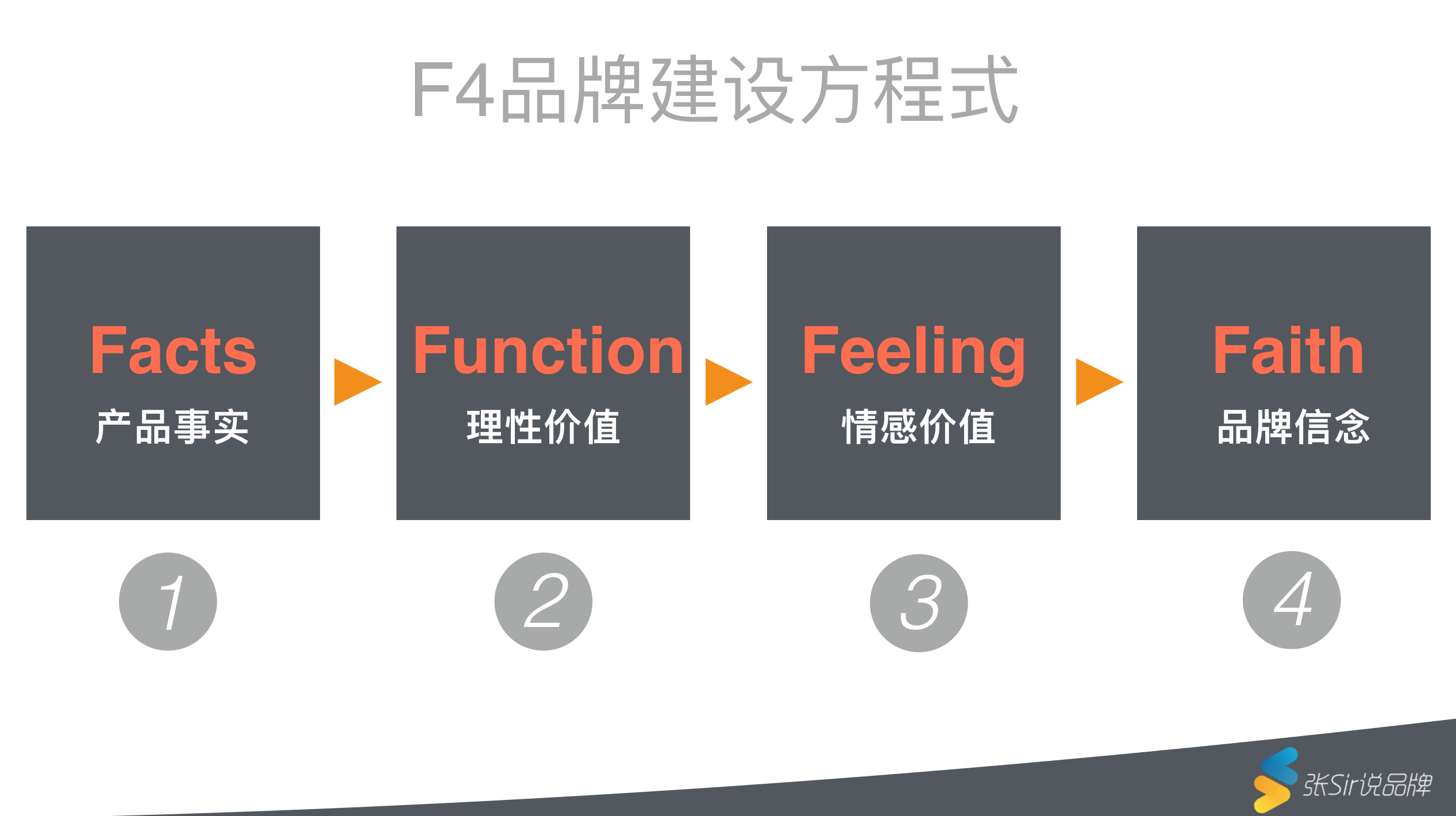
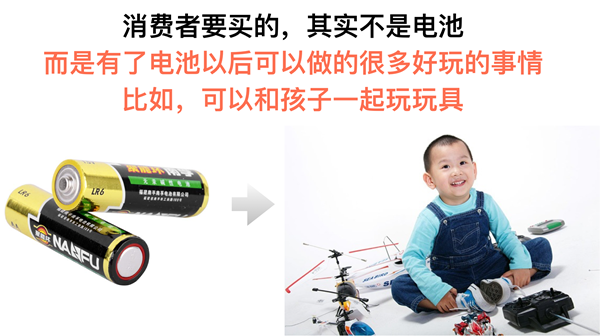

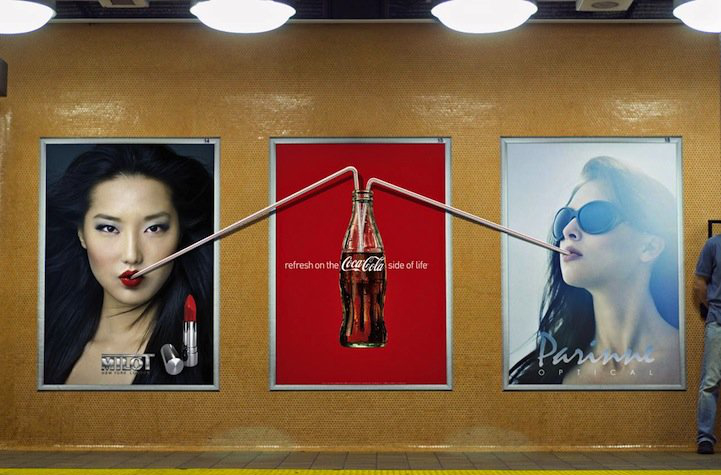
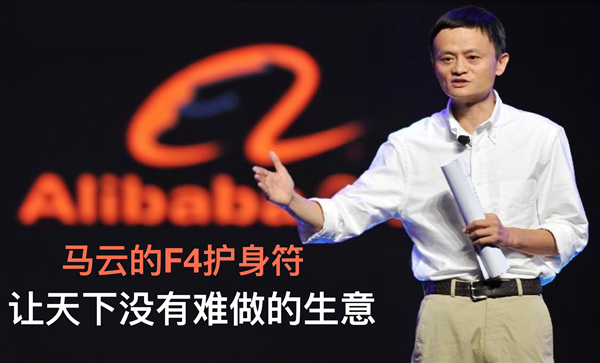


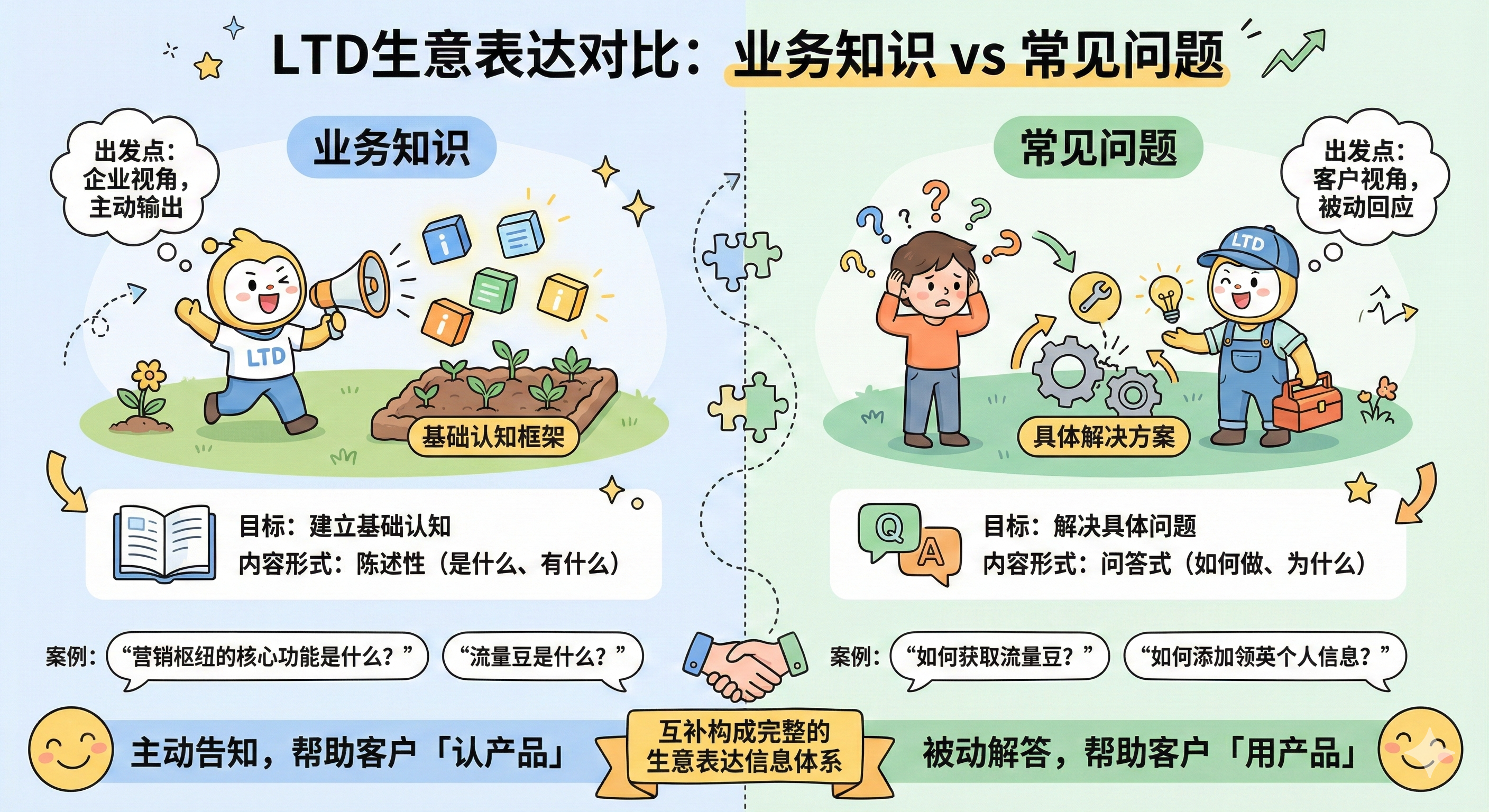















请先 登录后发表评论 ~